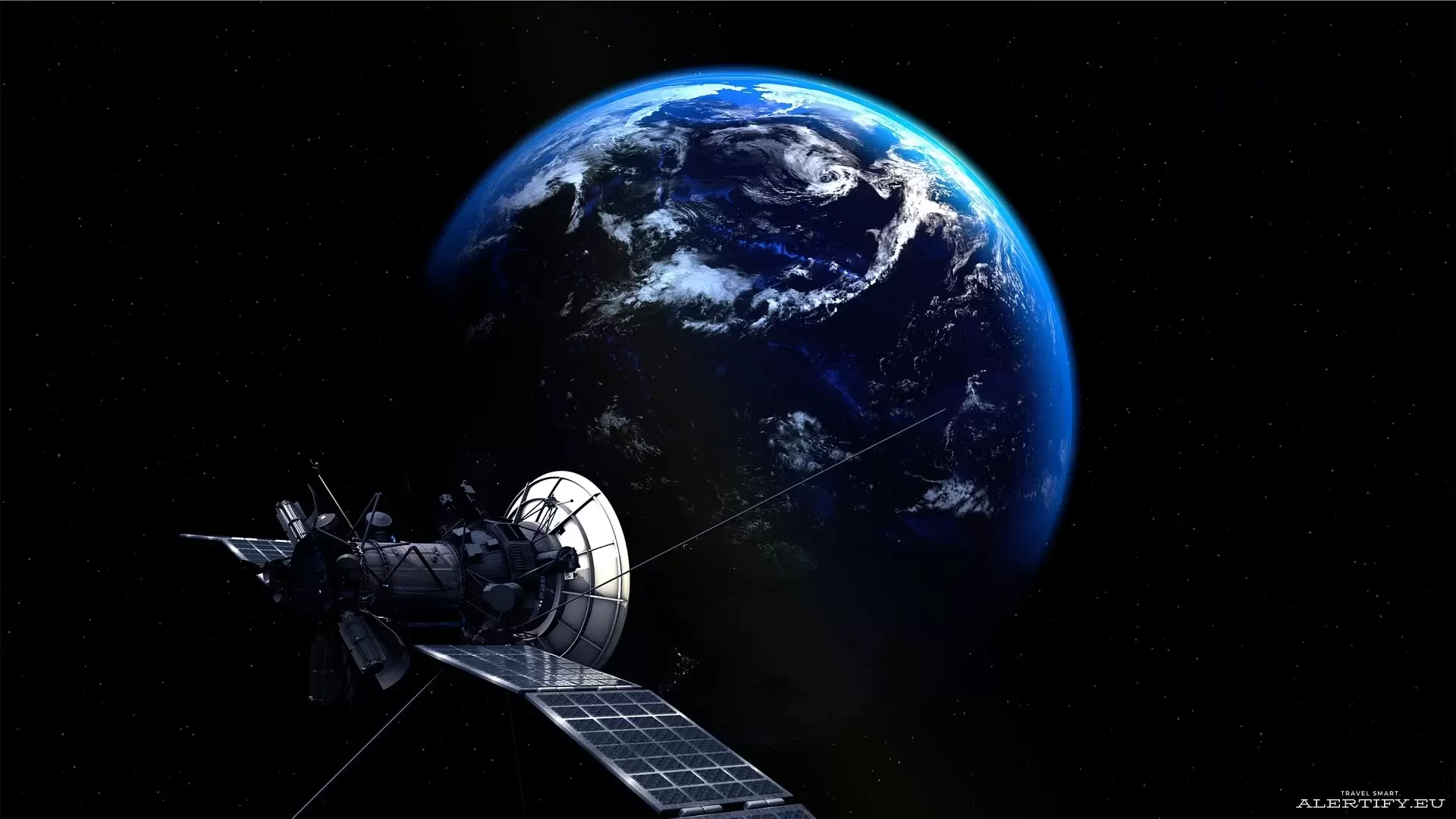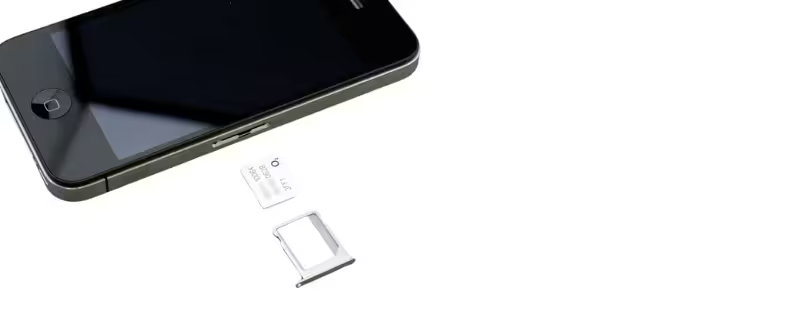
Does using eSIM drain battery faster?
The advent of eSIM technology has revolutionized the way we connect with our mobile devices. However, as with any new technology, questions and concerns arise. One such question that often surfaces is, “Does using eSIM drain the battery faster?”
This article aims to shed light on this query, providing an in-depth analysis of eSIM technology and its impact on battery life.
Understanding eSIM Technology
eSIM, or Embedded SIM, is a digital SIM embedded within the device itself. Unlike traditional SIM cards that require physical insertion, eSIMs can be activated electronically. This technology offers numerous benefits, including the ability to switch carriers or plans without changing SIM cards and the potential for dual SIM functionality even in devices with a single SIM tray.
The Concept of Battery Drainage in Mobile Devices
Battery drainage in mobile devices is influenced by several factors, including screen usage, app activity, network signal strength, and more. The SIM card, whether physical or digital, plays a role in this process too. It’s responsible for maintaining a connection with the network, which inevitably consumes energy.
eSIM and Battery Consumption: The Connection
As eSIMs maintain network connections just like physical SIMs, they also consume battery power. However, it’s important to note that the power consumption associated with maintaining these connections is generally minimal compared to other device functions. Furthermore, the efficiency of eSIM technology could potentially result in less energy consumption compared to physical SIM cards.
Comparing Battery Usage: eSIM vs Physical SIM
Comparing the battery usage of eSIMs and physical SIMs is not straightforward because many variables can influence the results. However, in general, the difference in battery consumption between these two types of SIMs is negligible. The primary factors that drain battery life are typically screen usage, app activity, and signal strength rather than the type of SIM card used.
Tips to Manage Battery Life While Using eSIM
Despite the minimal impact of eSIMs on battery life, every bit of saved energy counts. Here are some tips to manage your battery life while using an eSIM:
- Monitor your screen usage: The screen is often the biggest battery drainer. Lower your screen brightness and reduce screen timeout settings.
- Manage your apps: Some apps consume more power than others. Regularly review your battery usage in your device settings and limit background activity for power-hungry apps.
- Maintain a strong network connection: Weak signal strength can significantly drain your battery as your device works harder to maintain a connection. If you’re in an area with poor signal, consider switching to Airplane Mode.
The Future of eSIM and Battery Technology
The future looks bright for both eSIM technology and battery technology. As eSIMs become more common, we can expect improvements in efficiency and power management. Concurrently, advances in battery technology, such as the development of more energy-dense materials and smarter power management software, promise longer-lasting batteries.
Final thoughts about does Using eSIM Drain Battery Faster?
In conclusion, while eSIMs do consume battery power to maintain network connections, their impact on overall battery life is minimal. The key to longer battery life lies more in managing screen usage, app activity, and network signal strength. As technology continues to advance, we can look forward to even more efficient eSIMs and longer-lasting batteries.














